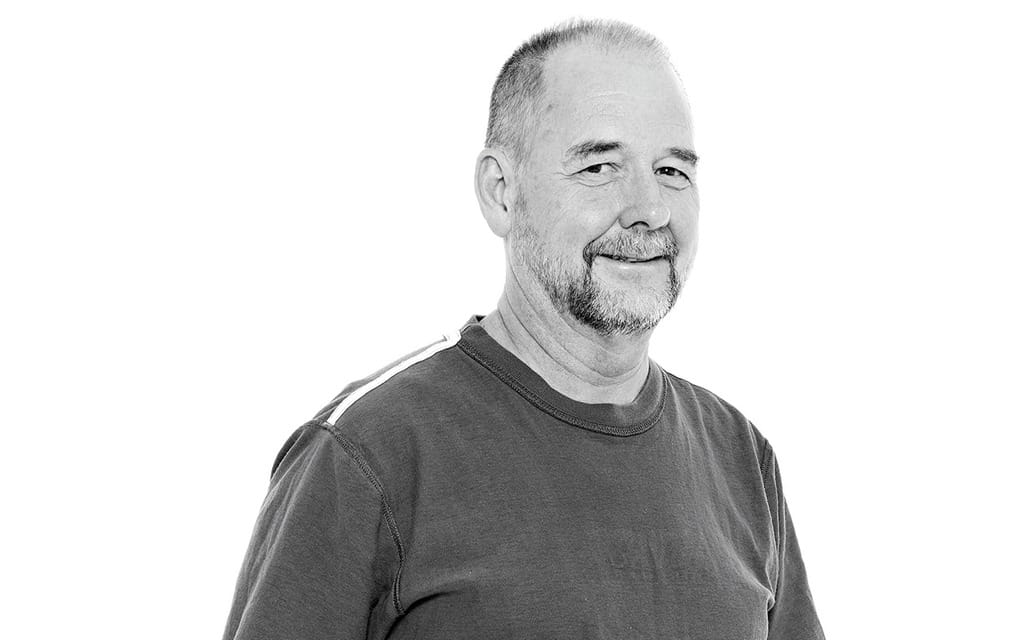This issue of Cycle Canada [Cycle Canada July 2017] appears to be aimed at new and would-be riders. With reviews of the 750 cc Harley-Davidson Street Rod, the Honda Rebel 300 and 500, and the Kawasaki Versys-X 300, the magazine’s coverage in the July 2017 issue concerns the kind of unintimidating but still entertaining motorcycles that new riders are likely to want and might be able to ride well.
With more years of riding motorcycles behind me than I care to state, I wonder if I can properly empathize with people who haven’t done much more than take a new-rider course, or perhaps not even that, but as I recall, the prospect of sitting down on a motorcycle and making it take me places was a whole new kind of excitement for the 17-year-old me back when the Beatles were still the Beatles. At the time I knew nothing, but through circumstances I managed to take control of a friend’s Harley-Davidson at a time when a Harley was not something a new rider might consider trying on. Although the Sportster 883 has for a long time been an unintimidating motorcycle with a low seat and mild behaviour, it was once a devil in an orange-and-black dress, with magazines claiming that it was wicked-fast and bikers paraphrasing Gertrude Stein for the XLCH Sportster (“A CH is a CH is a CH,” a literate Vagabond once told me). It is with the Street series of liquid-cooled 500 and 750 cc motorcycles that Harley-Davidson has aimed its iron sights at newbies and, with seat heights below 30 inches, at riders of short stature, which clearly enough includes females that the Harley website prominently features a woman riding the company’s 500.
No such change of character for Honda—the company that once lured us with a Nicest People ad brought out the Rebel decades ago to catch new riders with the simultaneous attraction of lone-wolf individuality (“a rebel”) and low performance and seat height. The heavily redesigned Rebels are better than the original, but remain, I think, aimed at new riders (and, though I find it uncomfortable to lump the two categories into one, at female riders).
Kawasaki on the other hand is, as David Booth wrote, a company that built its reputation on greased lightning, but it’s now producing motorcycles for the new rider and short rider market, and the Versys-X looks like a bike that will appeal to those potential buyers with its claim of light off-road or adventure-bike capabilities.
When I managed to gain temporary possession of a friend’s Harley, I was seeking excitement at its purest level, not something unintimidating or mild-mannered but a motorcycle with real acceleration and power, and I wasn’t smart enough to know that those qualities were beyond the scope of my control. It was fortunate that while the Harley was attractive because it truly was faster than most other motorcycles on the road at the time, most motorcycles at the time were slugs, so I could have it both ways: a fast bike that was not very fast. Otherwise someone else might be writing these columns and letter writers would have to find something important to bitch about.
It’s funny, or maybe not, that although the Harley was a bit much for my inexperienced hands, I never crashed it. It wasn’t until I’d been licenced for several years, had taken at least one new rider course, and had bought a new Honda 750 that I became acquainted with the feel of sliding down a paved road on my back. I did get busted once, though. With no licence (and no helmet if I remember correctly) I used the Harley one Friday night to go visit a would-be girlfriend, convinced that if I showed up on a motorcycle she’d melt. Trouble was, I got lost on the way to her place, pulled over to ask directions, and got spotted by a passing cop. Something about me must have suggested to him that I wasn’t what I needed to be, because he stopped and asked me questions for which I had no good answer. The Harley was towed to an impound lot, its owner (who would later even the score) had to pay money to get it back and make some required improvements, and the girl I was visiting eventually got me beaten up by her new boyfriend. But for all that—for riding an uninsured and improperly equipped motorcycle through Toronto’s streets on a Friday night without a driver’s licence—I was lucky. I survived.
Yesterday (as this is written) a Toronto motorcycle shop celebrated its fifth year in business (Speculator). They’ve been remarkably successful, and the party they threw was so well attended that around 400 motorcycles were parked on the street outside. A principal reason the shop is thriving is found in the owners’ determination that new and would-be riders will be welcomed, will be treated in a friendly manner and given time and consideration by sales staff, and will be encouraged to become motorcyclists at their own speed. If the industry is to survive, more of that kind of attitude is needed in motorcycle shops, which are the front line of the industry. Already, manufacturers are doing their part, in making bikes that newbies and short riders might feel good about acquiring and trying on. But if it’s going to work, dealerships need to understand that new riders want to feel comfortable about motorcycling. The lessons of a successful motorcycle shop that does not sell motorcycles need to become lessons for all. And if that includes Cycle Canada, we’ll have to come up with stories for those riders, too. Ideas would be welcomed.






